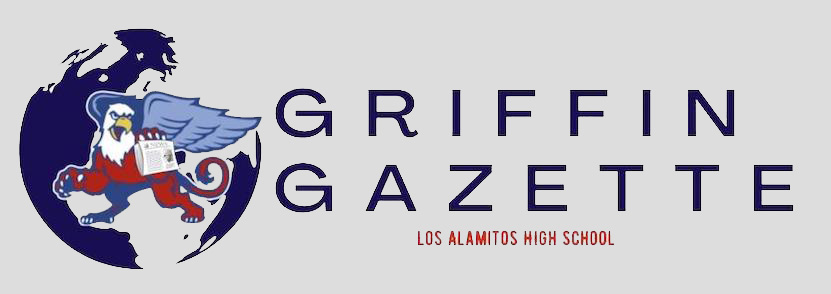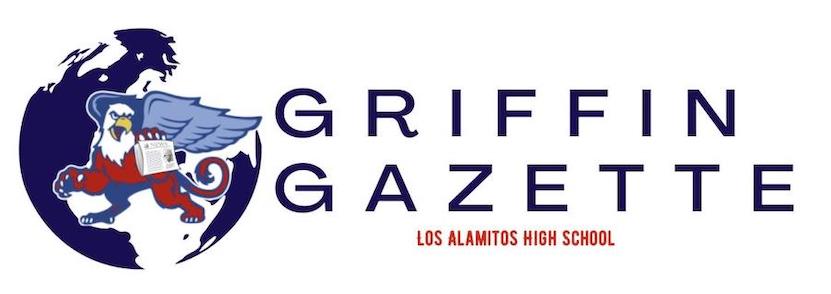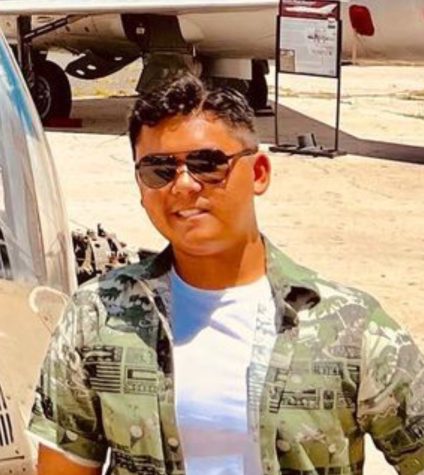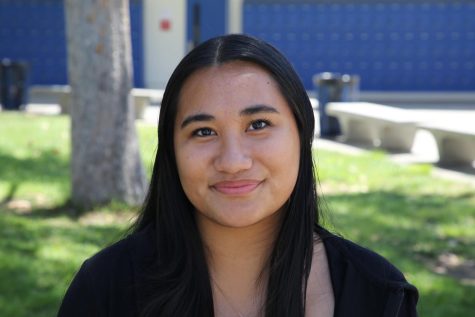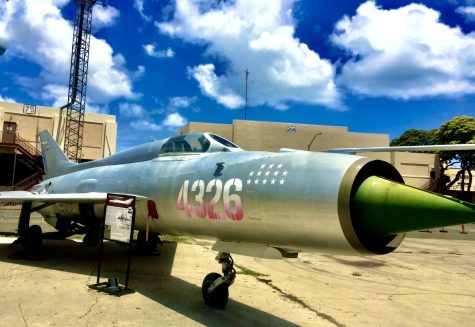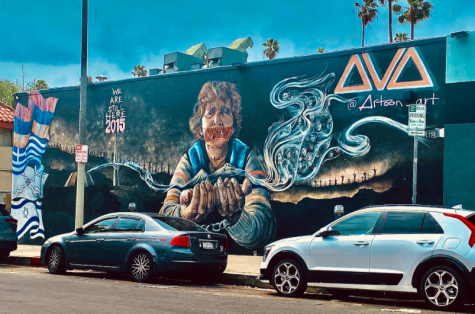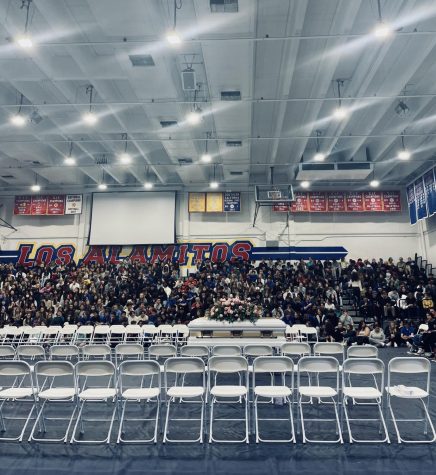Asian-American & Pacific Islander Heritage Month
The importance of remembering the contributions and culture of Asian-Americans and Pacific Islanders
The Polynesian Cultural Center celebrates Pacific Islander Culture by recreating their natural environment.
May 12, 2023
LOS ALAMITOS, CA — The U.S. is a melting pot of many different ethnic and cultural groups, and each one contributed to American prosperity in its own way. In 1992, the month of May was officially designated Asian-American and Pacific Islander (AAPI) Heritage Month to celebrate how these cultures contribute to America. In celebration of this month, the Griffin Gazette will explain some of these cultures, where to experience them at local businesses, and how they contribute to our community.
Asian Culture and Contributions
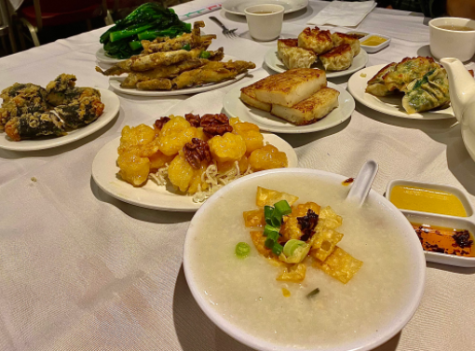
Many Americans are most likely familiar with the people of East Asia. The Chinese and Taiwanese came first as manual labor workers during the 1800s, leading to vital contributions in building the transcontinental railroad and cultivating fields that produce our food in California and Hawaii. In spite of the discriminatory Chinese Exclusion Act, their resilience helped them succeed and even create Chinatowns in major cities that preserve Mandarin and Cantonese cultures. Much of their contributions are not only felt in our infrastructure but also in popular food culture.
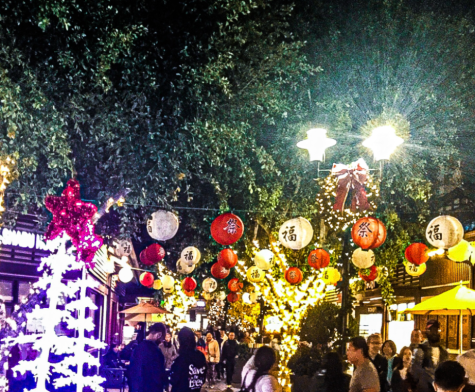
Other East Asians like Japanese immigrants came to Hawaii and California as laborers. Japanese-born immigrants refer to themselves as “Issei,” and their American-born children as “Nisei.” Because of anti-Japanese sentiment in the U.S. during World War II, Japanese U.S. citizens were thrown into incarceration camps for the crime of simply being Japanese. They were asked to denounce the Japanese regime, even though these American-born Japanese men were never loyal to Japan to begin with. Many Nisei disproved this blatant prejudice, and proved their American loyalty by enlisting into the U.S. Army’s 442nd Combat Regiment. By fearlessly fighting the Nazis in Europe, the medals these Nisei soldiers earned made the 442nd history’s most decorated U.S. Army regiment. Their fame represents victory over both the Axis overseas, and racism at home.
“I’m Japanese and Chinese American, and I’m very proud of that,” said senior Alicia Tan. “I love every single part of my culture, and I love that there’s more for me to keep learning about every day, whether it be the intricate yet beautiful languages or delicious food.”
In addition to East Asia, Southeast Asian countries such as the Philippines are also included in AAPI month. Filipinos are unique as an Asian country, as, before American occupation, they were colonized by Spain from 1521 to 1890. Because of this, the Philippines was named after King Philip II of Spain. The colonial period mixed Hispanic influence with native Southeast Asian culture, forging cultural similarities between Filipinos and Latinos such as Mexican-Americans. So, when famous Mexican-American activist Cesar Chavez advocated for the rights of neglected Latino laborers, Filipino workers were among the first non-Latinos to join. Hospitality is also vital in Filipino culture, which is why the backbone of global healthcare consists of many Filipino nurses. Furthermore, 300 years of Catholic Spanish occupation and 40 years of American Protestant occupation ingrained Christianity into Filipino culture. This made the Philippines the first and only East Asian country to identify as majorly Christian.
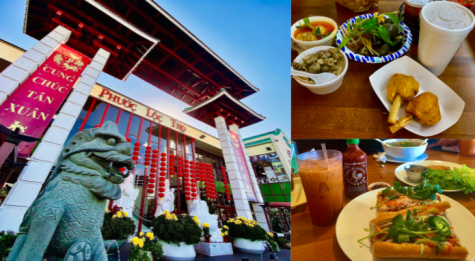
Other Southeast Asians like Vietnamese-Americans take pride in their own inspiring story. The loss of the Vietnam War to communist North Vietnam forced South Vietnamese refugees to flee to America. Hope was dim, as their livelihoods were completely lost to the war. However, Vietnamese values of family loyalty and education kept them strong, leading them to build successful communities from what seemed to be nothing. Today, one of those flourishing communities is Little Saigon in Westminster, serving as a Vietnamese symbol of persistence against the odds. The city has the largest Vietnamese population outside of Vietnam. Vietnam is also considered part of a larger Southeast Asian region known as Indochina, which is also home to Cambodia and Laos. People from those two countries also came to America as refugees fleeing war and oppression. A prominent community from Indochina is the Hmong ethnic group, who received American citizenship after surviving discrimination and conflict in their own homelands of Vietnam and Laos.

Furthermore, South Asians such as people from India, Bangladesh, Sri Lanka, Nepal, and Pakistan are also included in AAPI heritage month. The history of discrimination against South Asians includes the Immigration Act of 1917, which aimed at preventing these immigrants from obtaining U.S. citizenship and even terminating the citizenship status of South Asians that were already naturalized Americans. Though prejudice spread the lie that South Asians could not become naturalized U.S. citizens, famous Indian-American soldier and writer Bhagat Singh Thind disproved this myth by serving in the U.S. Army valiantly during World War I. It is also important to know that South Asian ethnic groups are extremely diverse, as India alone has a multitude of ethnicities with regions that speak their own languages such as Hindi, Rajasthani, Telugu, Tamil, and Punjabi, the ethnic group of Singh. South Asia also has a plethora of different religions, with Hinduism, Buddhism, Islam, and Sikhism, the religion of Singh, being the most common.
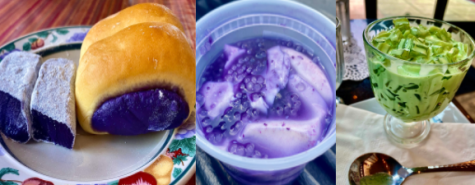
Though widely seen as separate, much of the Middle East is actually in Western Asia, which is why various Middle Eastern ethnic groups celebrate their heritage in the same month. Arabs are the largest Middle Eastern ethnicity that includes multiple nations in the area, like Lebanon, Jordan, Iraq, Palestine, Syria, and the U.A.E.. They celebrate their culture’s contributions in May’s Arab-American Heritage Month, especially around the STEM field. Arabs like Lebanese-American Dr. Michael DeBakey invented the artificial heart and ventricular pumps, rescuing the lives of many people with heart problems.
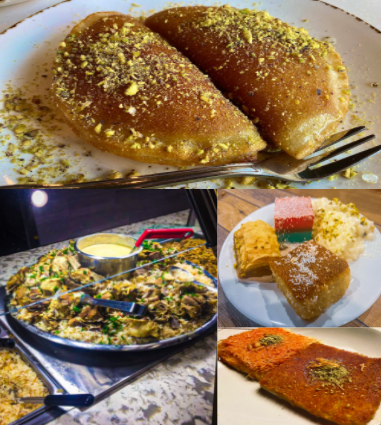
Persians, Iran’s main ethnicity, also carry great pride in their achievements, as they created famous Silicon Valley tech businesses like Uber. The ancient Persian Empire yielded some of the very first traces of human rights laws, which is why Persians still protest and campaign for equality in Iran to this day.
Two other Middle Eastern ethnic groups celebrate their heritage in May: Jews and Chaldeans. Though America may be used to the Ashkenazi Jews of Europe, Jews as a whole are a diaspora group that spread all across the world, including Asia. Asian Jews include Bukharan Jews of Uzbekistan in Central Asia, Mizrahi Jews of Israel, Iraqi Jews, Persian Jews, and even Kaifeng Jews of China. Chaldeans, on the other hand, are a mostly Catholic minority from Iraq. Even though they are one of the smallest minorities in the world, they are proud of their contributions to society. Their ancestors were from the ancient Babylonian Empire, which created some of the first laws and modern tools we use in the present, such as our system of hours and minutes. The useful innovations we use today would be nothing without Chaldean contribution. In spite of their small population, their pride keeps the Chaldean tradition alive.
“I think it’s cool to be a part of such a unique culture that you don’t usually hear about!” said senior Maryjo Hana, Los Al’s first Chaldean graduate. “The different types of foods, traditions, and language shapes what it’s like to be a Chaldean in America!”
Pacific Islander Culture and Contributions
Most Pacific Islanders are in the Polynesian ethnic group, a people descended from the Southeast Asian Malay ethnicity. This is the same ethnic group that Filipinos, Malaysians, and Indonesians are part of, which is why Asian Heritage Month also includes Pacific Islanders. Polynesians include people from Samoa, Hawaii, Tahiti (French Polynesia), Fiji, Tonga, and the Maori people of New Zealand.
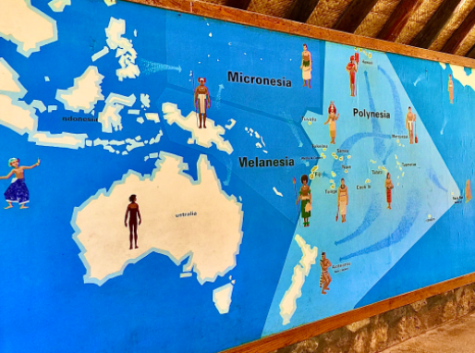
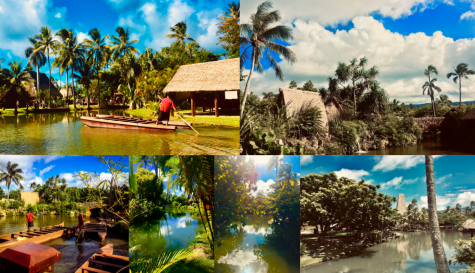
Since their continent of Oceania has more water than land, many Polynesian traditions were shaped by the sea. As a result, they contributed much to the popular sea culture us Californians enjoy today. For example, those who frequent Seal and Huntington Beach are probably familiar with California’s prominent surfing culture. The truth is, our community’s famous pass time of surfing was originally invented by Polynesian natives, who rode waves for both fun, and even religious rituals.
As the first ever people to explore the world’s largest ocean, the Pacific, they are often considered the forefathers of maritime travel. During their own age of exploration, they used their versatile skills to harness star constellations, ocean currents, and the wind to judge their direction. Without any modern technology and maps, they became the very first people to navigate and settle this vast part of the world, making this achievement a major part of their cultural pride. A great symbol of that pride are their ancestors’ specially crafted canoes, which are still recreated today in order to preserve Polynesia’s special seafarer identity.
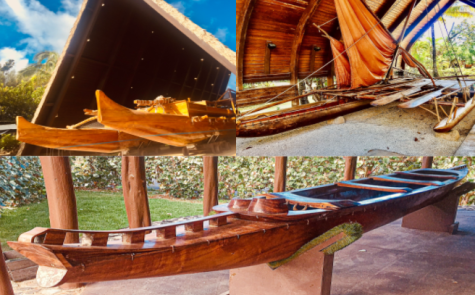
Above their technology and resourcefulness, the Polynesian value of family is perhaps their strongest trait. Islands in the Pacific Ocean are extremely far apart, so their homes were often isolated from one another. As a result, they had to rely on everyone in their close-knit communities in order to survive. This includes people in their biological family and even neighbors they were not related to. For years, this sense of communal obligation to help one another has led Polynesians to love their neighbors as if they were relatives. This is true even if they have no blood relation.
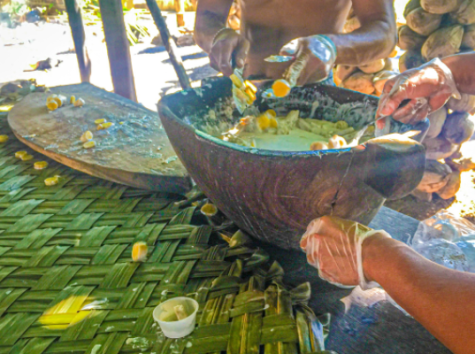
The heartwarming familiar bond forged by years of survival is prevalent among Polynesians today; as a form of endearment, Samoans often refer to non-related friends as “cousins.” Hawaiians, meanwhile, use the word “Ohana” to describe what they see as their extended family. While Americans may think of in-laws when discussing extended family, the members of an Ohana family much more different. The Ohana includes neighbors, coworkers, and most of all, friends that Hawaiians hold with sincere respect. Without these family-based values, the Polynesians would not have survived their tremendous journey across the seas.
Much of Polynesian culture and history is passed down through generations. In recent decades, younger generations have immigrated to the United States and other parts of the world, leaving behind the comforts of their home. Staying rooted in their culture is apparent in the customs and stories they continue and pass down to their children, like many other cultures.
Hakas are a prime example of a generational tradition in Polynesian culture. This ceremonial Maori war dance is typically performed in a group and serves as a manifestation of a tribe’s strength, pride, and cohesion. The cultural customs that continue through young generations are essential to preserving their unique century-old traditions.
Why is studying their culture important?
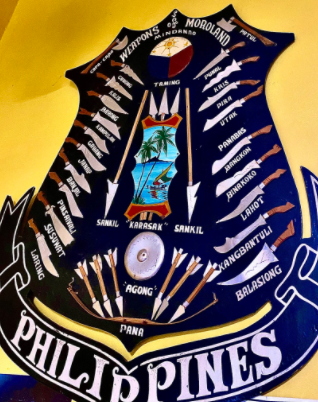
Part of what separates people from objects are their differences. Humanity is defined by each group’s unique beliefs, practices, appearances, and roots. Without these diverse aspects, our sense of humanity would be lost. That is why studying different cultures, no matter how strange they may seem at first, should be something every American should do.
The immigrants that built the U.S. often went through grueling hardships just to make a home here in America. If Americans forget the cultures of the diverse ethnic groups that built our home, then the sacrifices they made to preserve their identities would all be in vain. The differences that make people who they are deserve not to die out, but instead, to be remembered and shared with every American. No matter how homogenous a community’s members may become, it is important to never forget where they came from.
Learning about other cultures is also a step forward when forging tolerance among fellowmen. Prejudice and racism between ethnic groups is rampant in every country, and America is no exception. The best way to combat this form of hatred is to encourage cultural literacy between groups. By learning about one another, the misunderstanding that caused that prejudice is replaced by the eagerness to understand one another. Understanding is the first step towards tolerance, and if anyone wishes to have a more accepting future, then cultural knowledge between neighbors is the first step to that vision.
“The world is full of hatred and ignorance, and one of the best ways to combat that is to take time to understand what makes everyone unique,” Tan said.
Though it is AAPI month, learning about the cultures in this article should never be limited to May. Just like how remembering African American history should not be limited to February, every time of year should be used to remember every culture’s contributions. Every culture has a story to tell, and if people choose to ignore them, then the new experiences that make life exciting will be missed out. No matter the season, visiting a local cultural business or community should be an occasional activity any person should try. Though people may come from drastically different places, everyone has a story to tell. A story waiting to be shared with people like you.
